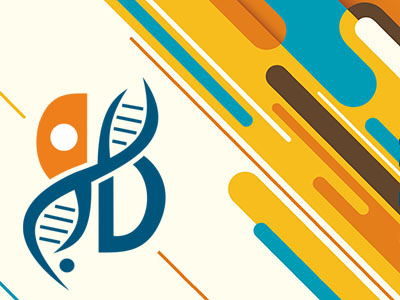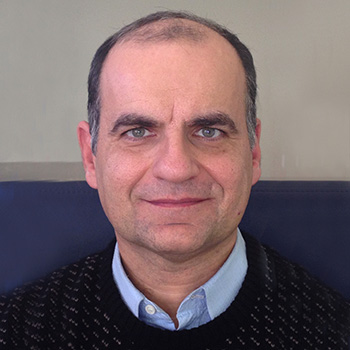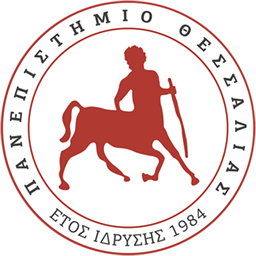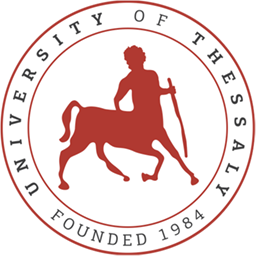Cell Culture Technology

Theory: 2 hours/week | Practicals: 2 hours/week | ECTS Units: 4
Content – Aim of the course
Cell culture technology was initially developed as a method of studying cellular behavior free of potential in vivo interactions. The object of cell culture is to maintain viable cells outside of the normal multi-cellular organism. From the first description of cell culture in 1907 to the development of the first human carcinoma cell line (HeLa) in 1952, cell cultures have evolved as a necessary research tool. In addition, cell culture has an important role in the drug and food industry, as well as biotechnology. New horizons and possibilities of cell culture have emerged in the last decades with the isolation, maintenance and differentiation of human stem cells.
Τhe object of this course is to provide the theoretical background of cell culture, to address the practical aspects related to the generation, development, maintenance and differentiation of cell lines, as well as the possibilities which cell culture technology offers both in basic and applied research.
Analytical Description of the Course
- Introduction, historical review.
- Tissues and cell types.
- Advantages and limitations of cell and tissue cultures.
- Primary cultures – Cell lines.
- Observation and characterization of cell cultures: techniques and methods.
- Cell culture media – serum.
- Cell culture infections.
- Cell cycle – cell culture synchronization.
- Aging and apoptosis.
- Cell transformation.
- Transfection.
- Isolation, maintenance and differentiation of embryonic and adult stem cells.
Assessment
The final grade of the course is assessed after oral (50%) and written (50%) presentation in research articles related to cell culture technology.
Reading Suggestions
- Freshney R.I. “Cultures of Animal Cells. A manual of basic technique”. 5th Edition. 2005. Wiley-Liss. A John Wiley & Sons, Inc., Publications, Inc, New Jersey.
- Loring J.F. “Human Stem Cell Manual: A Laboratory Guide”. 2007. Academic Press, Elsevier, New York.
Teaching Material / E-class
Lecturers

Kalliopi Liadaki (Course Coordinator)





